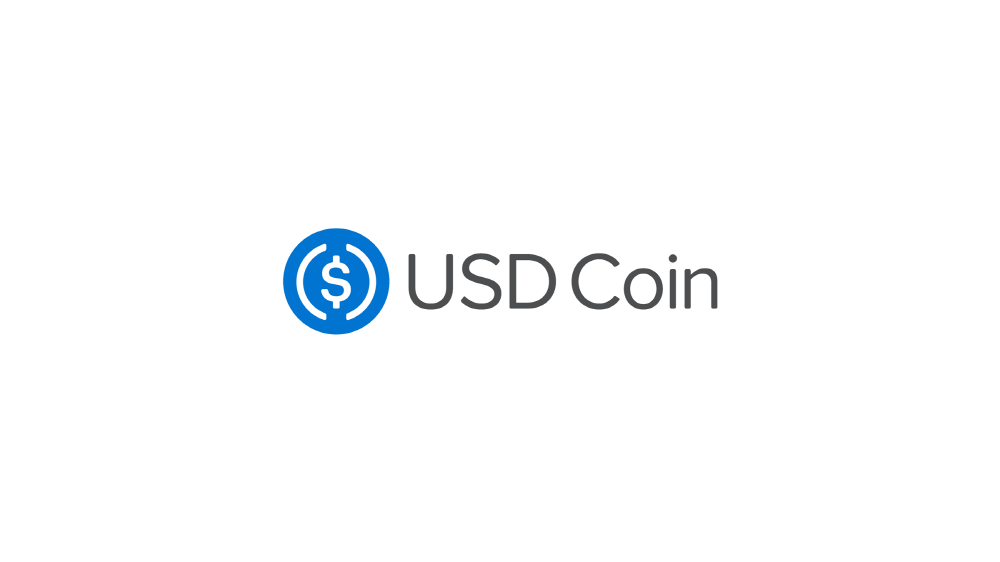
Crypto asset company Circle, known as the creator of the digital stablecoin USDC, published an article titled Its Journey to Become a State-backed Digital Currency Issuing Bank and Converted USDC into a U.S. Government-backed Digital Currency, Circle announced its intention to become a de facto digital currency central bank.
Under the ideology of creating a new digital currency built on an open network that can be paid almost immediately without currency friction by combining fiat currency and open technology blockchain, Circle established a consortium (Centre) in partnership with Coinbase, a large crypto asset exchange. USDC is designed in such a way that it complies with strict U.S. remittance oversight and regulatory standards.
USDC, which began issuance in 2018, has grown as an important infrastructure for digital currency-responsive financial systems over the past three years, and the total issuance has exceeded $27.5 billion as of August 9, 2021. The total amount of transactions recorded on the blockchain reaches $941 billion.
After revealing the smooth growth of USDC, the Circle aims to become a full-fledged national commercial bank operating under the supervision of auditors including the Federal Reserve, the U.S. Department of the Treasury, the U.S. Monetary Audit Office OCC, and the Federal Deposit Insurance Corporation FDIC. The Full Reserve National Commercial Bank, built on the foundation, said it aims to become a national bank and not just a digital currency publisher, saying it believes it will be fundamentally efficient as well as connected to a safer and more resilient financial system.
When a circle issuing digital currency becomes a national bank, it is necessary to comply with stricter rules and regulations under the supervision of government agencies. In addition, Circle is currently only a digital currency publisher, so Circle only complies with remittance regulations in the United States.
Circle is aiming to expand the total amount of USDC issuance to hundreds of trillions of won in the next few years, and to distribute financial services and e-commerce applications as a low-friction and stable digital currency. In addition, the establishment of international regulatory standards for dollar-denominated digital currency is important in determining the criteria for the composition and management of reserves in order to realize the possibility of digital currency into the real economy.
As for Circle’s declaration of the central bank’s goal of a digital currency, the report pointed out that Circle’s dream is to become a bank, a type of bank that leaves all deposits with the central bank instead of avoiding partial reserve banks. In the case of Circle Bank, the depositor is the holder of USDC and the collateral backing the USDC is the funds deposited by the Circle with the central bank. Once the Circle becomes a bank, it will be beneficial to the Circle as it will receive interest from the central bank depositing its bank reserves so that the central bank can open an account directly.
The circle in which this structure is realized is, in effect, the banks issuing digital currencies backed by the central bank of the United States. In this way, it can be called a digital currency central bank in the United States. But if the Circle allows it to be a bank, he points out that perhaps other digital currency producers will also move to become banks, and these digital currency banks could compete with central banks for reserves and consequent profits. Also, if the circle becomes a bank, purchasing USDC issued by the company has the same meaning as depositing directly into the central bank.
In addition, in the past, TNB said that banks aimed to establish businesses based on low-bank loans in the United States, but the Federal Reserve did not like the idea. Circle said that the application process to become a bank had not yet begun, and that it was only an announcement of its intentions. He said he would be willing to do whatever policy makers want, and that he would find a way to become a bank while complying with regulations. Related information can be found here.


















Add comment